64 videos match your search.
 |
Using initialization cells, you can specify which input cells of a notebook should be evaluated first. This ensures that your code is evaluated in the correct order, such as defining ... |
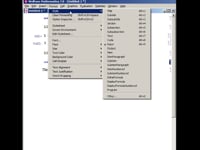 |
Mathematica notebooks consist of sequences of cells, which can be nested. The hierarchy of cells serves as a structure for organizing information in a notebook as well as specifying its ... |
 |
One of the most powerful aspects of graphics in Mathematica is interactivity. Rotating, zooming, and panning your graphics allows for a more complete visualization experience by letting you understand images from every angle and present them ... |
 |
This tutorial screencast encourages users to work along in Mathematica 7 as they learn the basics to create their first notebook, calculations, visualizations, and interactive examples. Includes Japanese audio. |
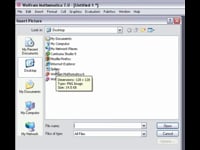 |
There are many convenient ways to get an image into Mathematica, including drag-and-drop. You can also import images by evaluating commands in a notebook. Learn more in this "How to" ... |
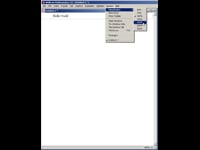 |
Mathematica allows you to control font sizes of text, math, and graphics for clarity, compactness, or personal preference. Learn more in this "How to" screencast. Includes Japanese audio. |
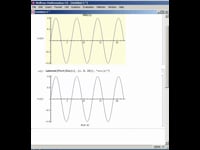 |
Mathematica provides flexible options for labeling plots, allowing you to present ideas more clearly in presentations and publications. Learn more in this "How to" screencast. Includes Japanese audio. |
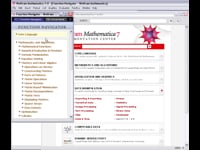 |
When working in Mathematica, you will often find it useful to view groups of functions that relate to a specific subject area or set of tasks. The Documentation Center includes ... |
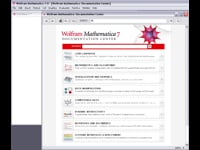 |
Mathematica provides several convenient ways to find information about functions. In addition to searching the documentation or navigating the guide pages, you can access documentation on functions directly from within ... |
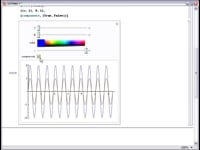 |
Mathematica lets you create your own custom interfaces, using its uniquely straightforward, symbolic interface-building technology. Learn more in this "How to" screencast. Includes Japanese audio. |
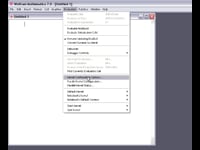 |
Mathematica can run its calculations on other computers that have Mathematica installed. Passing computations to other, potentially more powerful, machines can increase the efficiency of your work. Learn more in ... |
 |
Mathematica offers great flexibility for adding text to graphics; you can add text interactively using the Drawing Tools palette or programmatically using various graphics primitives. Learn more in this "How ... |
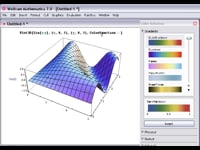 |
Palettes give you immediate access to many features built into Mathematica, from creating syntactically complete expressions and inserting special characters to building up charts and slide shows, all through a ... |
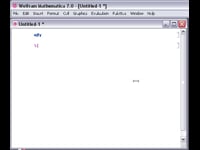 |
Mathematica allows Greek letters to be integrated into symbol names, strings, graphics, and text. You can input Greek letters by using palettes or keyboard shortcuts. Learn more in this "How ... |
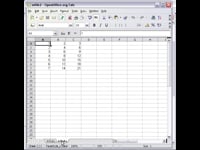 |
You may want to export data from Mathematica to a spreadsheet. Excel is one example of a common spreadsheet format that Mathematica supports. Learn more in this "How to" screencast. ... |
 |
Frank Scherbaum Geophysics professor Frank Scherbaum walks through an example of how he used Mathematica to develop an integrated system for students, teachers, and researchers to use in their probabilistic seismic hazard ... |
 |
Andrew Hull This video features Mathematica user Andrew Hull, who explains how Mathematica is used to develop eco-friendly biofuel solutions. Includes Japanese audio. |
 |
Bruce Colletti This video features Bruce Colletti, who explains how he used Mathematica to develop a geo-positioning application for precision defense targeting. Includes Japanese audio. |
 |
David DeBrota This video features David DeBrota, a senior clinical research physician, who explains how he uses Mathematica to save time and money in drug trials. Includes Japanese audio. |
 |
John Kiehl This video features John Kiehl, co-owner of Soundtrack Recording Studio, who shares an example of Mathematica using powerful set theory and pattern-matching capabilities to make and produce music. Includes Japanese ... |